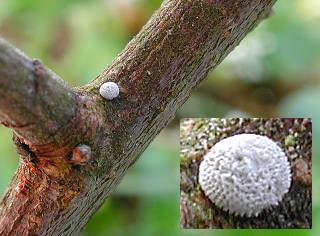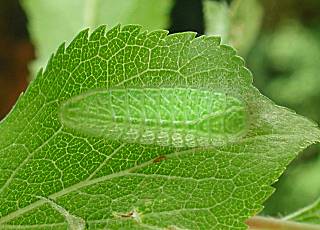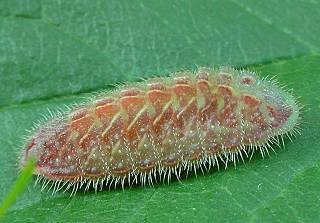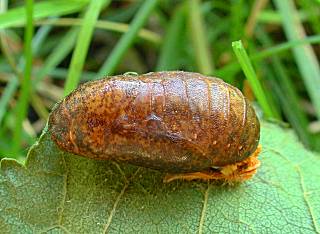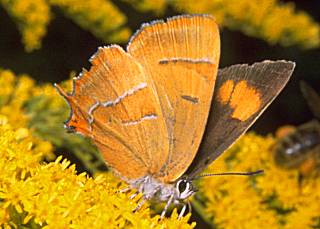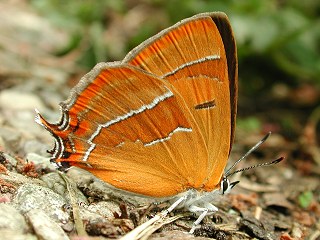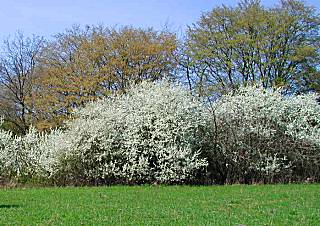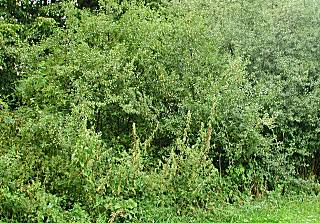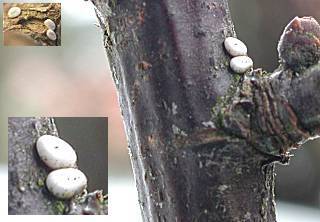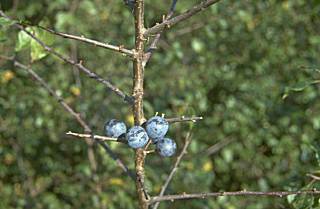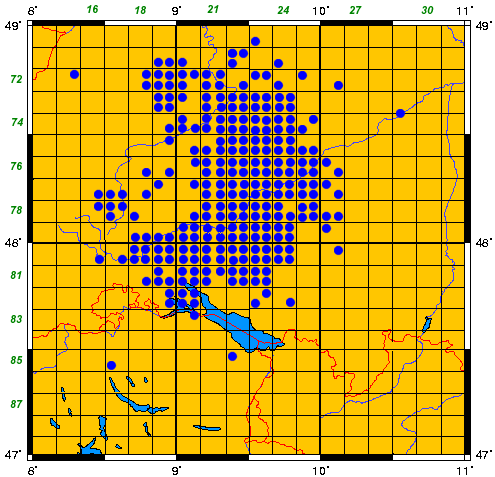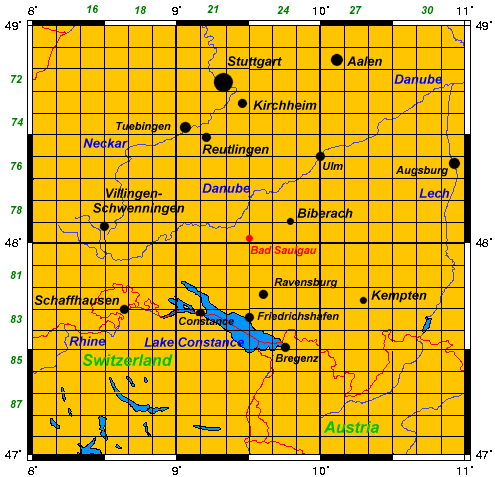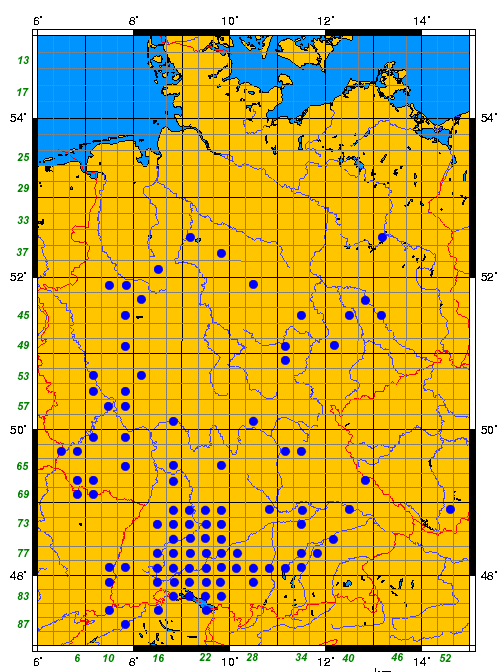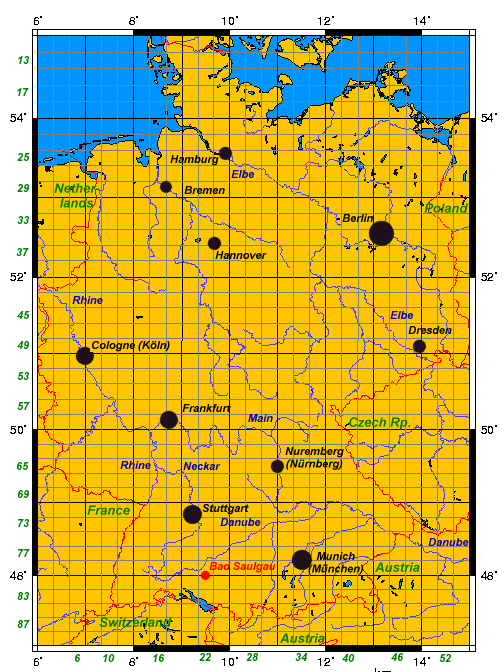|
|
| My special interest in this species results in these eggs - I find them easily during the winter, mostly on Blackthorn. | Caterpillar of the Brown Hairstreak - half grown.
|
|
|
| Fully grown caterpillar of the Brown Hairstreak - ready for pupation (to be recognized by the dark colour) | Pupa of the Brown Hairstreak |
|
|
| Female of the Brown Hairstreak, characterized by the orange spot on the brown upperside of the wings | The underside of the wings is very colourful ! |
|
|
Blackthorn in spring ! |
Blackthorn in summer ! |
|
Sometimes I find eggs of other species on Blackthorn in the winter,
such as these with a very smooth surface.
Peter Waselius from Finland told me, that these eggs might belong to Plemyria rubiginata (= P.bicolorata = Blue-bordered Carpet) ! The picture on the left shows such eggs, the small in the left upper edge two eggs together with an egg of betulae. |
